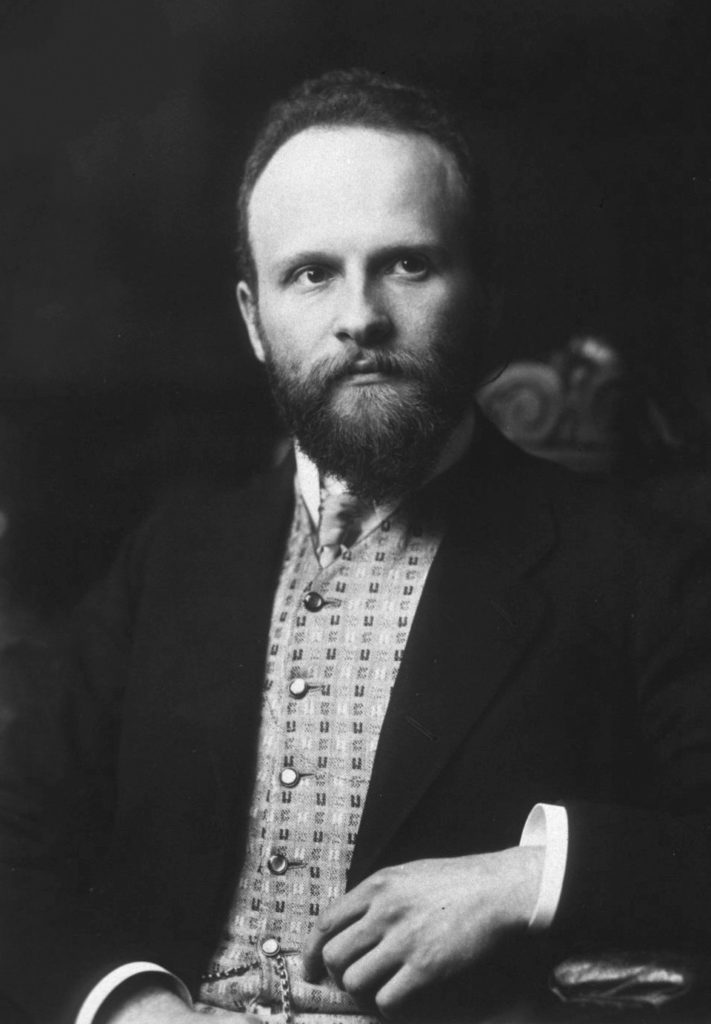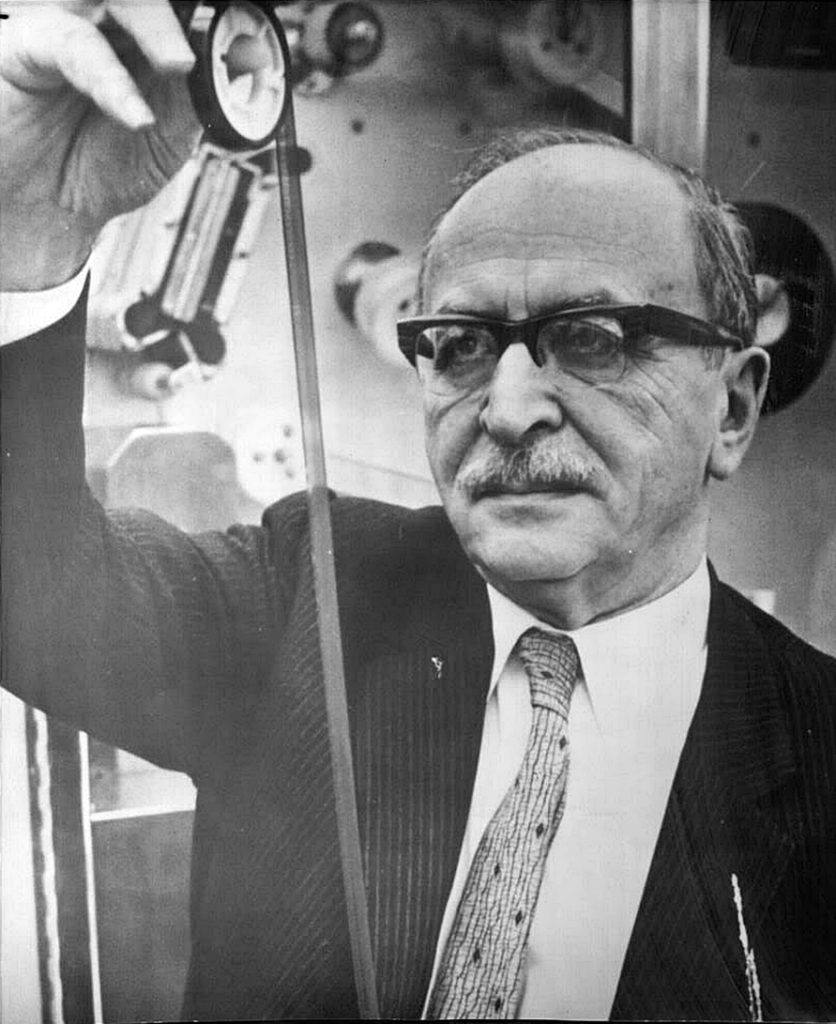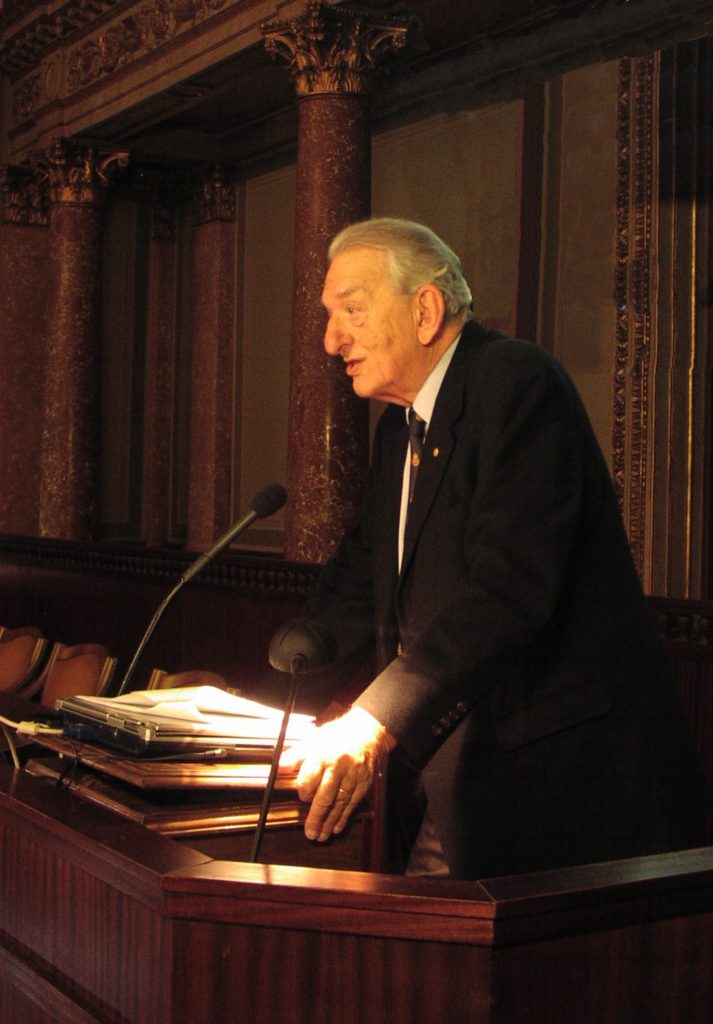Hungarian Beautiful Minds who won The Nobel Prize – PHOTOS

Hungary can be proud of several Hungarian Nobel Prize winners whose outstanding achievement and life-work have been acknowledged with the most prestigious international scientific award. Let us see which Hungarian geniuses left their trademark in the world of sciences 😉
The Nobel Prize
The Nobel Prize was founded by the Swedish physicist and chemist, Alfred Nobel. In 1895, Nobel set in his will that his fortune will provide financial support to those scientists who realise outstanding achievements in their profession.
Every year since then, scientists have been awarded in the field of physics, chemistry, physiology and medicine, along with the most talented authors in the field of literature.
The only field of science which is missing from the list is mathematics. Supposedly, this area was hated by the Swedish scientist since his wife cheated on him with a mathematician. Accordingly, Nobel was not a lover of mathematics…
The Nobel Peace Prize is given to those people who work actively and have an outstanding role in the development of human rights and world peace. The Nobel Prize is given to natural persons for a specific achievement or oeuvre, while the Nobel Peace Prize is given to unions as well, awarded by the Swedish Academy of Sciences.
Hungarian Nobel Laureates
1. Fülöp Lénárd physicist (1905) – Cathode ray, phosphorescence, X-ray

The first Hungarian-born Nobel Laureate, Fülöp Lénárd, was one of the most celebrated experimental physicists of his age. He was born in Bratislava, and even though his family spoke German, Lénárd attended Hungarian school and received Hungarian education. His research focused on the features of cathode and phosphorescence, by which he proved that certain substances emit visible light.
His handmade pipes were bought by Wilhelm Conrad Röntgen, which led to the debate regarding the invention of X-rays, for which finally Röntgen was awarded Nobel Prize. In 1905, Lénárd also received the award for his cathode-ray research.
2. Róbert Bárány (1914) & 3. György Békésy (1961) Doctors – Secrets of the ear

The Austrian doctor, Róbert Bárány also strengthens the list of Hungarian-born Nobel Prize winners. He was awarded in 1914; his research focused on the physiology and pathology of the vestibular apparatus (balance organ) hidden in the inner ear. He discovered that ear irrigation should not be realised with hot or cold water, as it causes dizziness which is in connection with the flushing fluid and its temperature. Patients experienced dizziness when cold or hot water was used, while in the case of warm water, there was no complaint. The phenomenon can be explained by in the inner ear lymph whose temperature is 37°C and starts to flow by the effect of hot or cold water. This circulation causes dizziness, which is similar to the symptoms of seasickness.
We cannot miss the Hungarian biophysicist, György Békésy either, who received Nobel Prize in Medicine in 1961 for his discovery in the physical mechanism of the inner ear.
4. Albert Szent-Györgyi, medical biochemist (1937) – Vitamin C and paprika

As fmc.hu reports, scientific experiments to find Vitamin C started in 1930. At the beginning of the century, they realised that the consumption of citrus fruits prevents scurvy; in 1910, vitamins were also discovered; only the chemical composition of vitamin C remained an unresolved issue.
Its discovery is connected to the Hungarian biochemist, Albert Szent-Györgyi and the so-called hexuronic acid. Szent-Györgyi also discovered that paprika – that he used for experiments instead of eating – contains a much higher amount of vitamin C than citrus fruits; therefore, after realising its chemical composition, he discovered its preparation method as well.
The compound was called ascorbic acid, which was proved to be suitable for the prevention and treatment of infectious diseases. In 1937, he was awarded by Nobel Prize in Medicine and Physiology.
5. György Hevesy, chemist (1943) – Traces of living organisms

The Hungarian-born György Hevesy dealt with radioactivity; for which, he was awarded in 1943. Thanks to his work, chemical processes in a living organism could be observed. Radioactive isotopes helped him to study metabolic processes in the case of plants or animals as well.
6. Dénes Gábor, physicist (1971) – Hologram

Holography is an image recording method, which is based on the wave nature of light, and by which perfect, three-dimensional image can be created. This phenomenon was invented by Dénes Gábor in 1947 and became world-famous by the spread of laser in 1960-70.
It received its name based on the fact that it seemed all the information can be stored by this method, so the meaning of its Greek name is “full document”. In 1971, the Hungarian inventor received Nobel Prize in Physics.
7. János Harsányi economist (1994) – The Hungarian Beautiful Mind

In 1994, the Hungarian-born US economist received the Nobel Memorial Prize in Economics for his pioneer work “in the theory of non-cooperative games within the field of balance analysis”.
Game theory is applied in several disciplines including mathematics, economics, biology, sociology, psychology and computer science; in the latter field, it is also used in the research of artificial intelligence. Game theory is actually looking for answers to such strategic questions as what is reasonable behaviour when the decision of a participant is affected by the others. Harsányi distinguished “cooperative” and “non-cooperative” games which were in the focus of his research – he studied those games where there was no cooperation among the participants.
Supposedly, Harsányi became more emerged in the game theory after hearing about John Nash played by Russell Crowe in the Academy Award-winning film A Beautiful Mind.
8. György Oláh, a chemist (1994) – The new fuel

The Hungarian researcher, György Oláh who studied the problem of global warming, was awarded Nobel Prize in 1994. Thanks to his outstanding work, new fuels, gasoline grades were produced.
His current research has been directed to a more economical, environment-friendly solution – the methanol (methyl alcohol) as fuel. In 1971, he got American citizenship, he lives in California State and works as the director of the local Hydrocarbon Research Institute.
9. Imre Kertész, author (2002) – The author of Fateless

The Hungarian author of the masterpiece “Fateless” was born in 1929. Imre Kertész managed to survive Auschwitz at the age of 14, after the liberation he returned home in 1945. His autobiographical novel Fateless was written between 1960 and 1973.
In 2002, he received The Nobel Prize in Literature; his writings have been translated into many languages, published by German, English and French publishers.
In 2005, Lajos Koltai’s film was presented, bearing the same title; Imre Kertész wrote the movie’s screenplay.
Source: fmc.hu






Sorry Kitti, Lenard was born in HINGARY, Pozsony. This place, Bratislava, did not exist.
Hingary? Does that place exist? Hungary, perhaps? Magyarosag? So many names for such a small country. Many cities have received name changes as national borders were created & re-created after both world wars. Hungarian/Magyar names were slavicized or Romanianized to eradicate traces of the Magyar rule . ‘C’est la vie.
please excuse any of my mis-spellings.
In these days of Google and spelling applications mis-spellings are inexusable. Take your time to write correctly when making a comment.